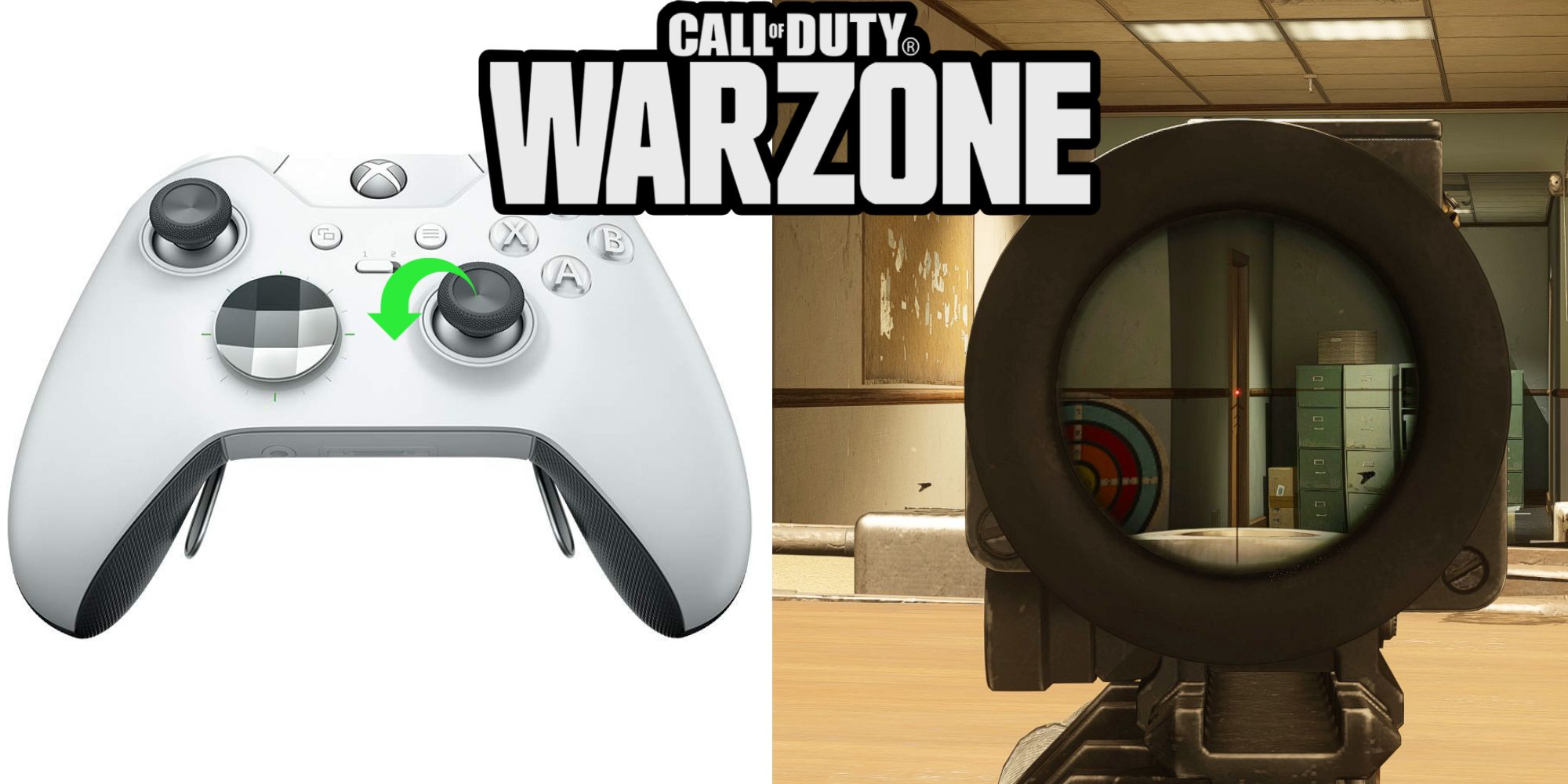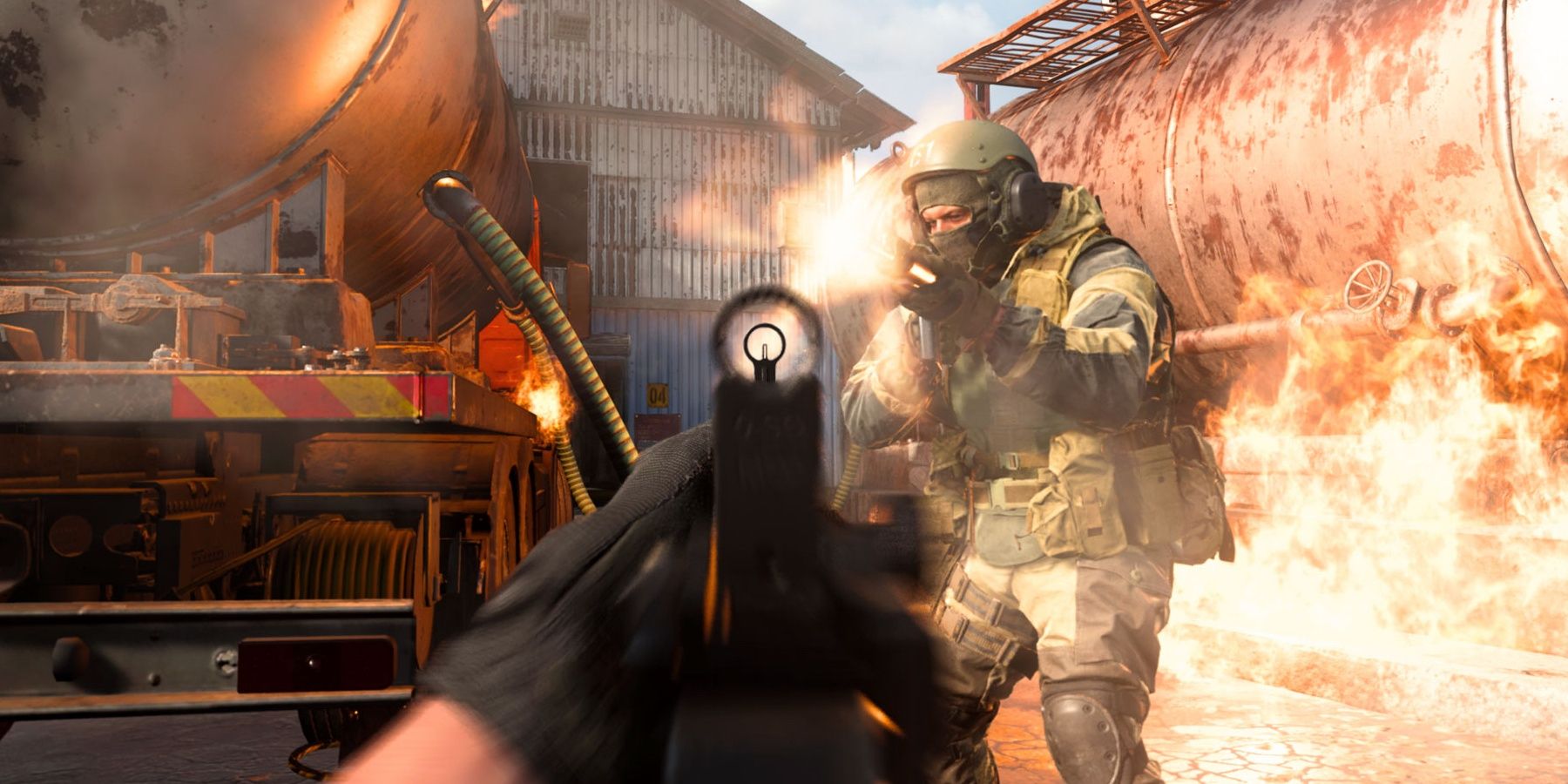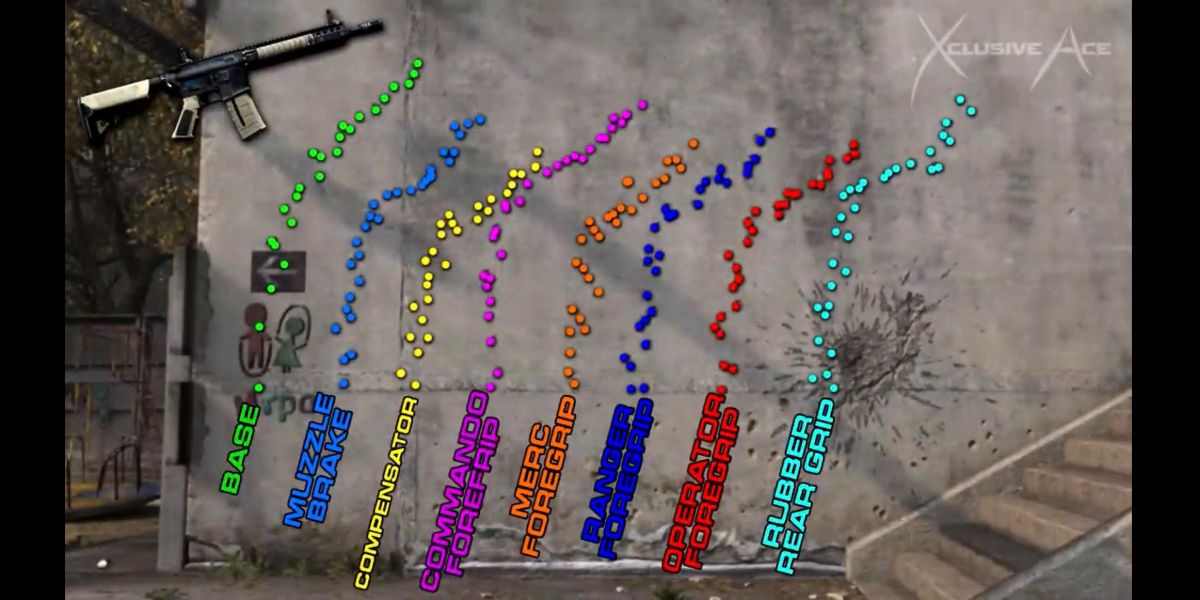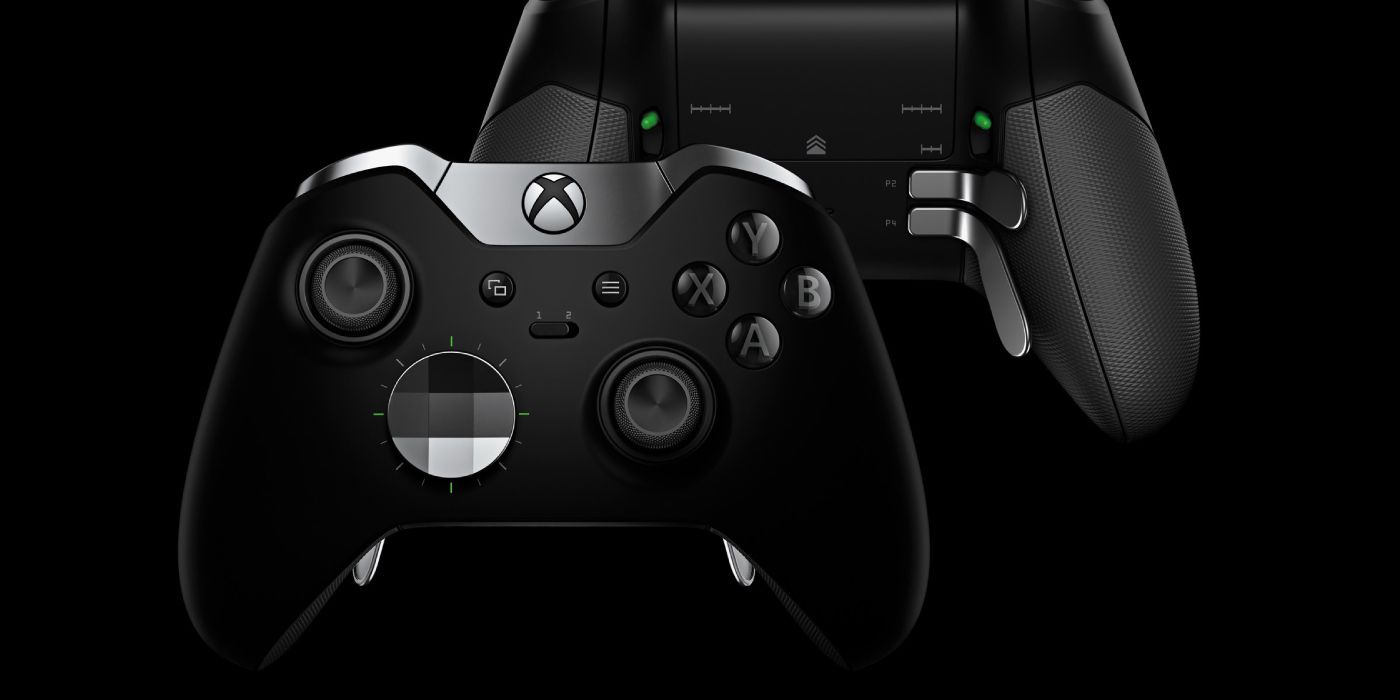
Compared to the majority of FPS games on the market, Call Of Duty Warzone weapons have moderate recoil patterns. Some weapons are more difficult to master than others, but with a few settings and strategies, everyone can learn to control recoil at all ranges. With how competitive Warzone has become, hitting that extra shot on an enemy is the difference between winning and losing a one on one gunfight.
Recoil control is a combination of the proper settings, skill, and setup. This guide will focus on all three of those elements to help players that are having trouble keeping their shots on target.
RELATED: Call of Duty: Warzone - A Complete List of Operators in the Game

There are a few specific settings that all players need to change that will have an immense impact on recoil control. These are aim response curve, ADS sensitivity, general sensitivity, and deadzone. Each of these settings can instantly improve one's ability to keep the gun centered while firing. Those that do not need an explanation will find the best settings below.
- Aim Response Curve Type: Dynamic
- Horizontal And Vertical Stick Sensitivity: 5-10
- ADS Sensitivity Multiplier Low Zoom: 0.80
- ADS Sensitivity Multiplier High Zoom: 1.00
- Deadzone: 0.4-0.10
- Controller Vibration: Off
- Aim Assist: Standard
This setting should be set to dynamic. There are still thousands of people that have no idea what the dynamic curve is and how it reduces recoil. The description states that it provides reverse S-curve mapping. In practice, pressing down on the right stick allows for a slightly less responsive, but forgiving input. The response curve will have a huge impact on fine adjustments at longer ranges. All of the pros have this setting on, which should be reason enough to at least try it out.
High sensitivity makes swiveling faster, but at the cost of accuracy. Ultimately, everyone has a different preference, but when it comes to aim and recoil, lower settings provide the most consistency. Somewhere between 5 and 10 will work for the majority of gamers. Those that are around the 1.0 K/D range will need more hip-fire sensitivity to keep up with M+K players.
This setting applies to aiming down sight with iron sights and low zoom optics vs high zoom optics. Low zoom will need to be slightly lower because the target will be further away, and the opposite applies to high zoom optics. The figures noted above may seem low, but low sensitivity allows for precision control when looking down the sight of a gun. Small movements in the stick will result in more accurate reticle movement.
Controller deadzone varies from controller to controller. Even brand new standard controllers have different optimal deadzones. People need to find a balance between responsiveness and control, which can take some experimentation. Next-gen console controllers need higher deadzones because of how they were designed. In general, between a .4 and .10 will be satisfactory. Removing controller vibration will help, but some prefer to keep the setting on. Likewise, standard aim assist is superior to the other options.

To effectively reduce recoil, gamers will need to understand how each gun operates. Some guns have little to no recoil, and others are seemingly impossible to control. Every weapon will have vertical recoil, so the main thing every user must do is pull down slightly on the right stick. From there, fully auto weapons kick right, left, or in an S shape. Most of the weapons in the game kick up and to the right, but there are outliers. For example, the RAM-7 goes up and to the left, and the FFAR goes in an S shape. See below for a few examples.
- Up And To The Right: M4A1, AK-47 (MW), Grau
- S Shape (Up And To The Right, Then Up And To The Left): FFAR, FARA 63, Groza
- Up And To The Left: RAM-7, Kilo 141
RELATED: Complete Call of Duty: Warzone M60 Breakdown
It is obvious that practice plays a role in recoil control and overall skill. When experimenting with new weapons, knowing the pattern and practicing control will make a big difference. Gamers can practice in a private match against bots, or hop into Plunder. Muscle memory is not developed overnight, so it will take some time to pull of the shots that many of the professionals and streamers do. Shooting a tree or wall and trying to keep the aim in the same location is a great way for new players to understand how much they need to press down on the right stick to keep shots on target.

As controllers wear with age, the right stick will become looser. A loose right stick can be unreliable and alter the responsiveness of input. If none of the above tips work, it may be time to find a new controller. Elite and Scuff controllers are longer-lasting options for those that do not mind spending a few extra dollars.
RELATED: Call of Duty: Black Ops Cold War and Warzone Add New AMP63 Pistol
Screen lag is another common reason why console gamers struggle with aim. It is essentially a millisecond delay between controller input and the action being performed on screen. There are a few ways to fix the issue. Most TVs made within the last few years have a game setting to reduce input delay. Smaller screens are almost always more responsive as well. Changing the settings or switching to a smaller display are worth the effort to improve reactions in-game.
NEXT: Call of Duty: Warzone Fans Are Calling For a Sun Glare Nerf

